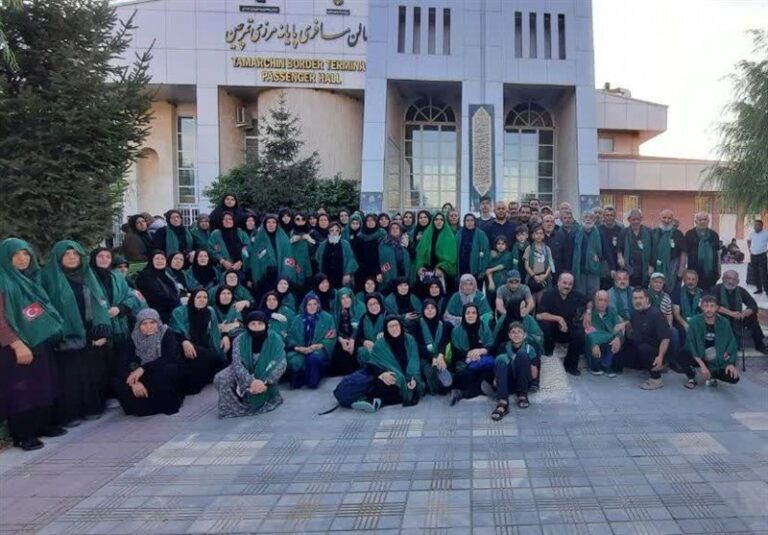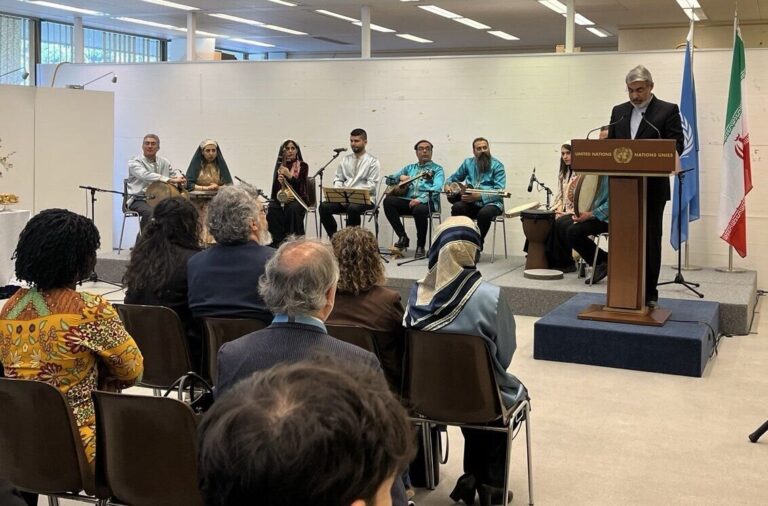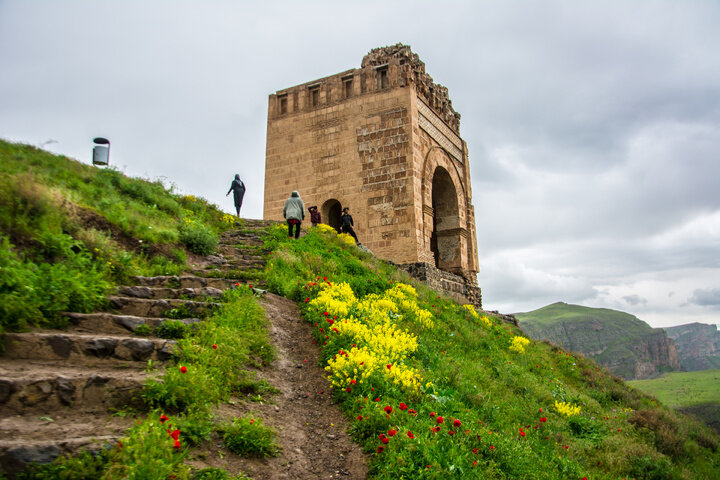
Similar Posts

Persepolis Enshrined in Scientific History: Newly Discovered Lichen Adds to Its Legacy
Researchers have discovered a new lichen species, Circinaria persepolitana, at 42 locations in Persepolis, Iran, marking a significant intersection of natural history and cultural heritage. This species, first identified on the stone structures of this UNESCO World Heritage site, thrives in areas like the Hall of Hundred Columns and the Gate of All Nations. Lichenologist Mohammad Sohrabi highlights the need for a balanced conservation approach, advocating cooperation between environmental and cultural heritage authorities. The discovery underscores the importance of preserving both biodiversity and historical monuments, urging responsible management to protect these valuable resources for future generations.

Surge in Foreign Pilgrims Journeying to Iraq Through Iran: A Rising Spiritual Migration
Recently, there has been a significant increase in Turkish, Azerbaijani, and Georgian pilgrims traveling through Iran to participate in the Arbaeen pilgrimage in Iraq. Over 6,000 pilgrims entered Iran via the Bazargan border crossing, with a single-day record of 2,401 arrivals. The pilgrimage, commemorating the martyrdom of Imam Hussein (AS), is the largest religious gathering globally, drawing millions. Factors for the surge include improved transportation, heightened awareness, and eased travel restrictions. Local communities are preparing to support the influx with accommodations, food, and transportation. This year’s diverse participation enhances the sense of unity and shared values among Muslims worldwide.

Iran Celebrates Nowruz at UN Headquarters in Geneva: A Cultural Showcase of Spring Renewal
On April 4, the United Nations Headquarters in Geneva hosted a vibrant Nowruz celebration, marking the Persian New Year. Organized by Iran’s permanent mission, the event emphasized Nowruz’s role as a symbol of cultural unity. Ambassador Ali Bahreini highlighted its significance in fostering global solidarity. The celebration included a performance by the Iranian ensemble Soroush-e Molana, showcasing traditional music. Nowruz, celebrated annually on March 21, symbolizes new beginnings and the arrival of spring, transcending cultural boundaries. Recognized by UNESCO and the UN, it promotes peace and friendship while connecting diverse communities through various cultural activities and traditions.

Ancient Discovery: 3,200-Year-Old Iron Age Woman’s Skeleton Unearthed in Northern Iran
A 3,200-year-old skeleton of a woman has been discovered in northern Iran, near the village of Kami-Kola, shedding light on Iron Age burial practices. Part of a major excavation led by Professor Hassan Fazeli Nashli from the University of Tehran, this find is significant for understanding the region’s rich historical context. The cemetery, one of the richest Iron Age sites in Iran, revealed a total of 61 skeletons, highlighting the ongoing threat of looting in the area. The skeleton is preserved at the Babol Museum, emphasizing the importance of protecting Iran’s archaeological heritage for future generations.

Explore Zahhak Castle in Hashtrud: A Majestic Symbol of Iranian History, Mythology, and Cultural Identity
Zahhak Castle in Hashtrud, East Azarbaijan, is undergoing significant restoration led by the East Azarbaijan Cultural Heritage, Tourism, and Handicrafts Department. The project aims to preserve the castle’s historical integrity while transforming it into a cultural tourism hub. Focused on the main entrance and eastern wing, restoration efforts respect the original materials and design. The initiative includes improving access, installing multilingual information boards, and developing tourism infrastructure to enhance visitor experiences. Zahhak Castle, linked to ancient Iranian mythology, dates back to the second millennium BC and showcases intricate defensive architecture, reflecting its historical significance and potential for regional economic growth.

Palangan Readies for Hezar-Daf Festival: Exciting Infrastructure Upgrades Unveiled!
The historic village of Palangan is gearing up for the annual Hezar-Daf festival, a significant cultural event celebrating traditional music from western Iran. Scheduled for Saturday, Deputy Governor Kiumars Habibi announced extensive preparations to enhance infrastructure and safety for visitors. Key improvements include accessibility measures, traffic safety enhancements, and upgraded public amenities. The festival will also feature law enforcement and medical services to ensure attendee safety. Emphasizing environmental sustainability, eco-friendly practices will minimize the festival’s ecological impact. The Hezar-Daf festival aims to unite music, spirituality, and cultural heritage, drawing large crowds and showcasing Palangan’s unique charm.